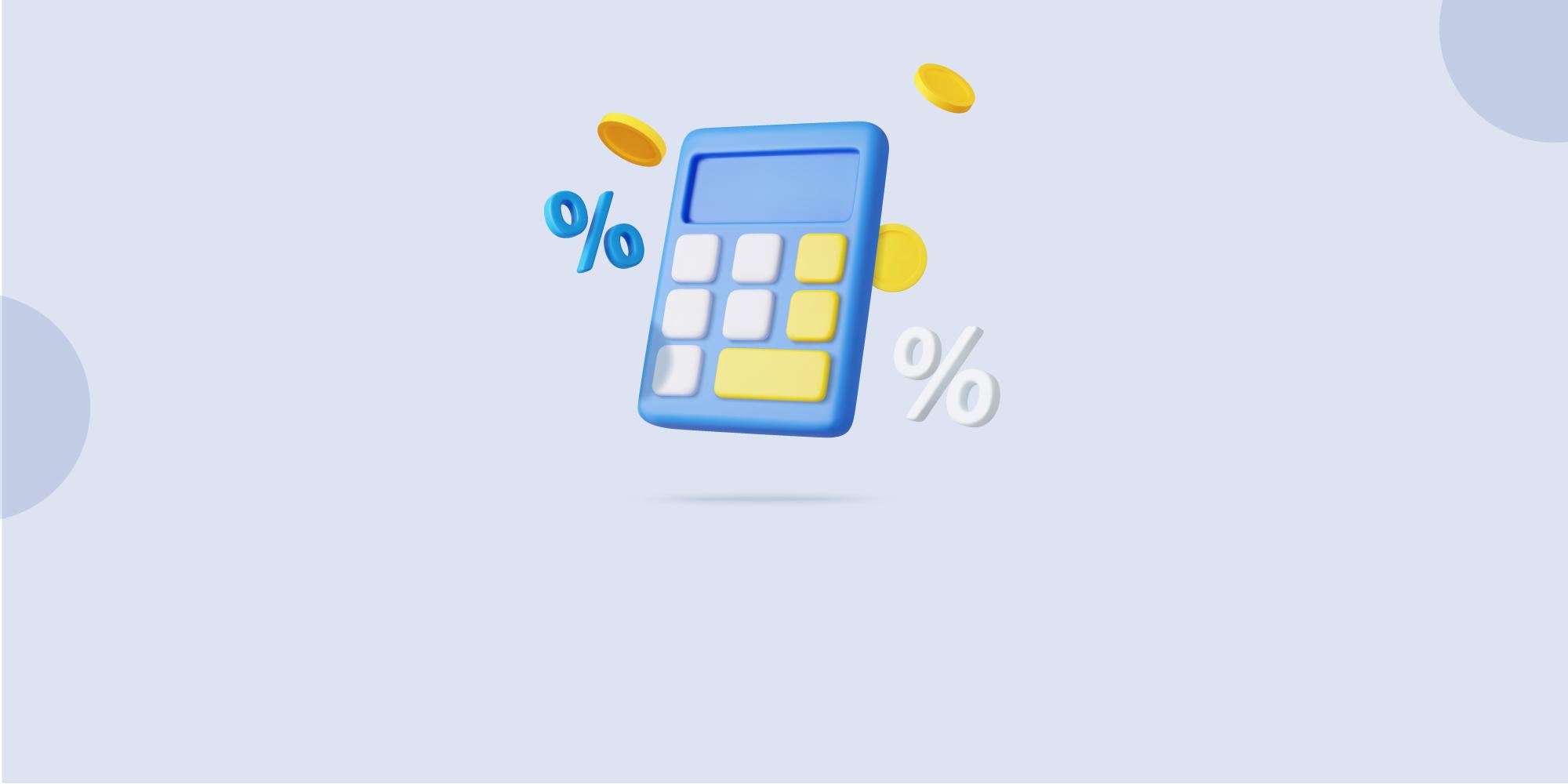- Home
- Blogs
- Personal Loan
- What Is Pre Emi
Pre-EMI vs Full-EMI: Which EMI Option is Better for You?
Reviewed by: Fibe Research Team
- Updated on: 8 May 2025
Reviewed by: Fibe Research Team

When you take a home loan, you get two EMI options. Each works differently and suits different needs.
Both have their own benefits. The right choice depends on your budget and future plans for the home. Read on to understand how each option works and which one may suit you better.
This option allows you to only pay the interest during the construction period of the property you are buying. Once the property is ready for possession, you can start paying the principal amount.
Pre-EMI applies only to loan amounts disbursed in tranches during the construction period. Thus, it is of a smaller amount and reduces the repayment burden during this phase.
Full EMI means you start repaying both the principal and interest as soon as the loan amount is disbursed. This is applicable even if the property is under construction.
This option increases your monthly outgo early on but helps you reduce the overall interest paid. It works well if your finances are in place and you’re planning to move in once the home is ready.
Here are some key features of choosing the pre-EMI option for your home loan:
Choosing the full EMI option comes with its own set of advantages:
Also Read: Benefits of Making Timely EMI Payments
Make a smarter decision by keeping their distinctions in mind relating to the cost, tenure and more.
| Parameters | Full EMI | Pre-EMI |
|---|---|---|
| Loan Disbursal | Complete loan amount disbursed | Loan disbursed in portions as per stages of construction |
| Interest | Interest is to be paid on the total principal amount | Interest only on the disbursed amount |
| Component | Interest and principal | Only interest |
| Tenure | Shorter repayment tenure | Longer repayment tenure |
| Impact on Principal Amount | Decreases the principal amount | No impact on the principal amount |
| Payment Options | Starts after the construction period | Starts during the construction period |
| Property Reselling Options | There are limited options to resell your property during this time | You can resell the apartment during construction |
| Optimal Condition | Allows you to invest in the property after the construction is complete | Allows you to invest in a property while it is being constructed |
Also Read: How To Make Advance Emi Payment Online
Here are some situations where this option is more suitable:
Full-EMI works well in these cases:
To calculate your pre-EMI, you can follow these formulas.
Monthly interest rate = Total interest rate / 12
1.2
Interest = Loan amount x Monthly interest rates
1800000
Amount = Pre-EMI interest x Number of months
Total Repayment = Loan amount + Total EMI amount
You can also use a pre emi calculator to make this easy on yourself and prevent any mistakes.
Say that you plan to take a loan of ₹20 lakhs for an under-construction property and the fixed rate of interest is 8% with a repayment window of 20 years. In this case, your full EMI will come to ₹16,729. Now, say that you choose pre-EMIs and your loan is given to the builder in five installments as per completion of construction.
Say the first loan instalment is ₹4 lakhs for 6 months. Your pre-EMI will only be the interest on this amount, which comes to ₹2,666. Say the second loan instalment is of ₹4 lakhs post 6 months. Now, your pre-EMI will be ₹5,333. This will keep increasing until all the money is disbursed and you start paying full EMIs.
Once you have a cohesive understanding of how this works, you can choose the best option. Since pre-EMIs end up increasing your overall interest, it may be better to choose full EMIs in case you plan to live in the home yourself. To do up your new home, you can opt for a Fibe Instant Personal Loan with minimum paperwork.
This simplified borrowing solution comes with a competitive rate of interest and a comfortable repayment tenure of up to 36 months. To top it off, you can close your personal loan any time before the tenure with no extra charges. Apply today on our Personal Loan App or register on our website.
Once you understand the meaning of pre-EMI, you can take a call about whether this is a worthy option for you. It can be ideal if you plan to sell the home after construction or want to invest in a home in the pre-construction period.
Yes, you can switch to full EMIs either after the construction is finished or even while construction. This depends on the lender you choose and its policies.
You can avail of the tax deduction on the interest you pay as pre-EMI only if you choose the older tax regime and self-occupy the property. You can also claim it if you plan to rent out the property no matter which tax regime you choose.
This entirely depends on your current financial situation and your future goals with the property you plan to buy. If you want to pay less overall, choose full EMIs as they reduce your total interest dues. If you want to invest in real estate and sell the property soon after construction, pre-EMIs are the best option.